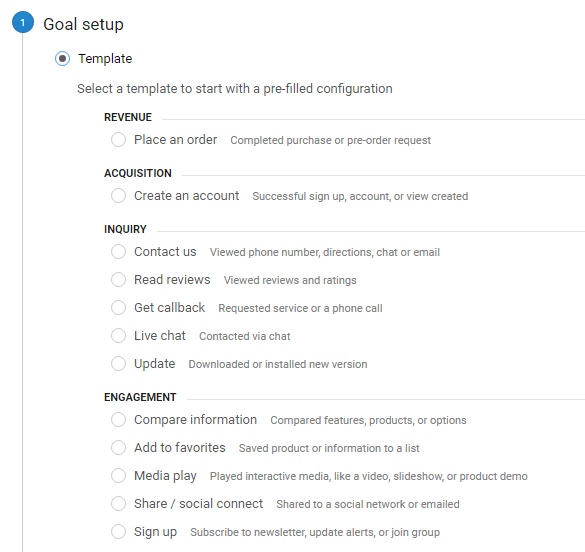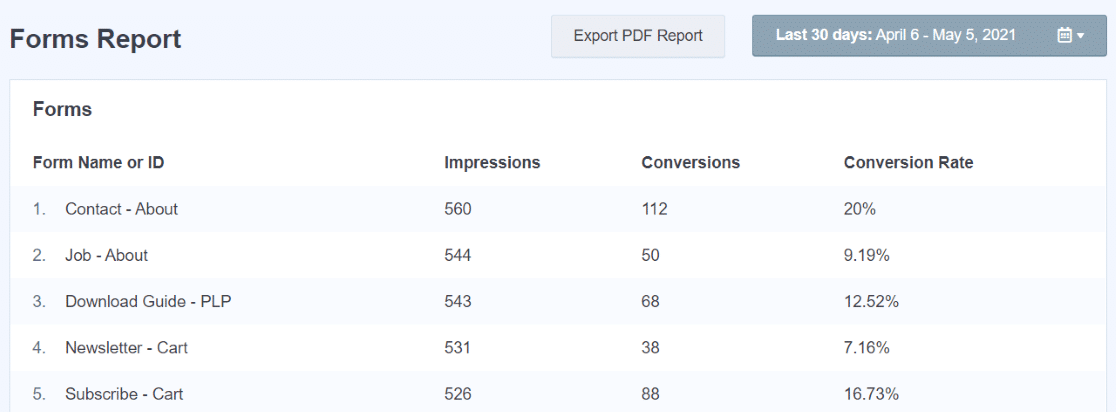What Data Is Google Analytics Goals Unable to Track: A Complete Guide
Wiki Article
Discover the Limitations of Google Analytics Goals: Introducing the Information Types That Remain Untrackable
As services progressively count on data-driven decision-making, understanding the limitations of tools like Google Analytics ends up being paramount. While Google Analytics Goals offer important understandings right into user interactions, there exist information kinds that thwart monitoring, posturing challenges to a detailed understanding of customer actions.Incomplete Individual Trip Tracking
Insufficient customer journey monitoring within Google Analytics can prevent the ability to accurately assess customer actions. When the individual trip is not totally tracked, there are gaps in the data that prevent an extensive understanding of exactly how individuals engage with an internet site. This absence of insight can result in missed out on possibilities for optimization and renovations to the customer experience.One common problem with incomplete customer journey monitoring is the lack of ability to see the complete course that customers take in the past completing an objective or leaving the site. Without this details, it is challenging to determine where customers might be coming across obstacles or rubbing factors that prevent them from converting. Additionally, insufficient monitoring can obscure the influence of particular marketing efforts or website changes on individual habits.
To resolve this restriction, it is critical to establish up correct monitoring systems within Google Analytics to catch the whole individual journey. This may entail setting up occasion tracking, goal funnels, or making use of devices like Google Tag Manager to guarantee that no important communications go unrecorded. By getting a comprehensive view of the customer trip, web site owners can make more informed choices to enhance user involvement and drive conversions.
Acknowledgment Challenges
Browsing through acknowledgment challenges in Google Analytics calls for a thorough understanding of how various touchpoints add to the overall conversion procedure. Acknowledgment difficulties arise from the intricacy of modern client trips, where users communicate with numerous channels before transforming. Google Analytics offers different attribution versions like very first touch, last touch, and straight, each offering a different viewpoint on just how debt is assigned to touchpoints along the conversion path. These designs may not always accurately show the real effect of each touchpoint on the conversion.One common acknowledgment difficulty is the trouble in associating conversions to the appropriate resource, specifically in situations where customers engage with numerous channels prior to converting. Furthermore, cross-device tracking presents another acknowledgment difficulty, as users usually change in between tools during their trip, making it challenging to track their interactions flawlessly.
Offline Conversions
Given the obstacles linked with attributing conversions accurately in online networks, the dimension of offline conversions provides a significant possibility for marketing experts seeking a much more comprehensive understanding of their consumers' journey. Offline conversions describe activities that clients absorb the physical world, such as making purchases in brick-and-mortar shops or over the phone, participating in events, or involving with published materials - what data is google analytics goals unable to track. These conversions are vital for companies that operate both online and offline, as they give important understandings right into the effectiveness of advertising projects across different touchpointsTracking offline conversions traditionally presented a considerable challenge for online marketers, as it was challenging to link these Recommended Reading activities back to details on the internet interactions precisely. With innovations in modern technology, such as the combination of CRM systems, distinct identifiers, and coupon codes, companies can currently bridge the gap between online and offline data to gain an extra holistic sight of consumer actions. By successfully determining offline conversions, marketers can optimize their techniques, allocate resources more successfully, and ultimately enhance the overall consumer experience.
Cross-Device Monitoring
Cross-device tracking plays a crucial role in understanding the interconnected nature of consumers' digital interactions throughout multiple tools. In today's omnichannel globe, where users seamlessly switch over between tablet computers, smartphones, and desktop computers, tracking their habits across these devices is necessary for marketing professionals to gain a detailed sight of their customer trip.
Furthermore, personal privacy concerns and guidelines such as GDPR and CCPA have further complicated cross-device monitoring. With individuals demanding even more control over their information and increased restrictions on tracking technologies, marketing professionals need to find innovative and privacy-compliant means to link customer communications throughout gadgets.
Dynamic Web Content Engagement
Understanding individual engagement with dynamic content is pivotal in optimizing digital advertising methods for boosted audience communication. Dynamic web content refers to site aspects that transform based upon user habits, preferences, or other aspects, supplying an individualized experience. Nevertheless, tracking user communications with dynamic material poses obstacles for traditional analytics devices like Google Analytics.While Google Analytics can track fundamental communications like clicks and page sights, it might battle to catch even more nuanced engagements within vibrant content. what data is google analytics goals unable to track. Metrics such as time invested in particular dynamic company website elements, float actions, or communications within pop-ups are typically not conveniently measurable making use of basic monitoring methods. This restriction hinders marketing experts' capability to completely realize just how users are engaging with dynamic material and tailor their techniques appropriately

Final Thought
Finally, Google Analytics goals have limitations in tracking incomplete user journeys, connecting conversions properly, recording offline conversions, tracking cross-device interactions, and measuring vibrant content involvement. These restraints highlight the relevance of discovering additional tracking techniques and devices to acquire a more detailed understanding of user behavior and conversions past what Google Analytics can give.While Google Analytics Goals deal beneficial understandings right into individual interactions, there exist information types directory that avoid monitoring, presenting obstacles to an extensive understanding of individual actions.Incomplete individual journey tracking within Google Analytics can impede the capability to precisely examine customer habits. When the customer trip is not fully tracked, there are spaces in the information that stop a thorough understanding of exactly how customers engage with a web site.One typical problem with incomplete customer journey monitoring is the inability to see the complete course that users take in the past completing a goal or leaving the site. By acquiring a thorough view of the user journey, website owners can make even more enlightened decisions to improve user engagement and drive conversions.
Report this wiki page